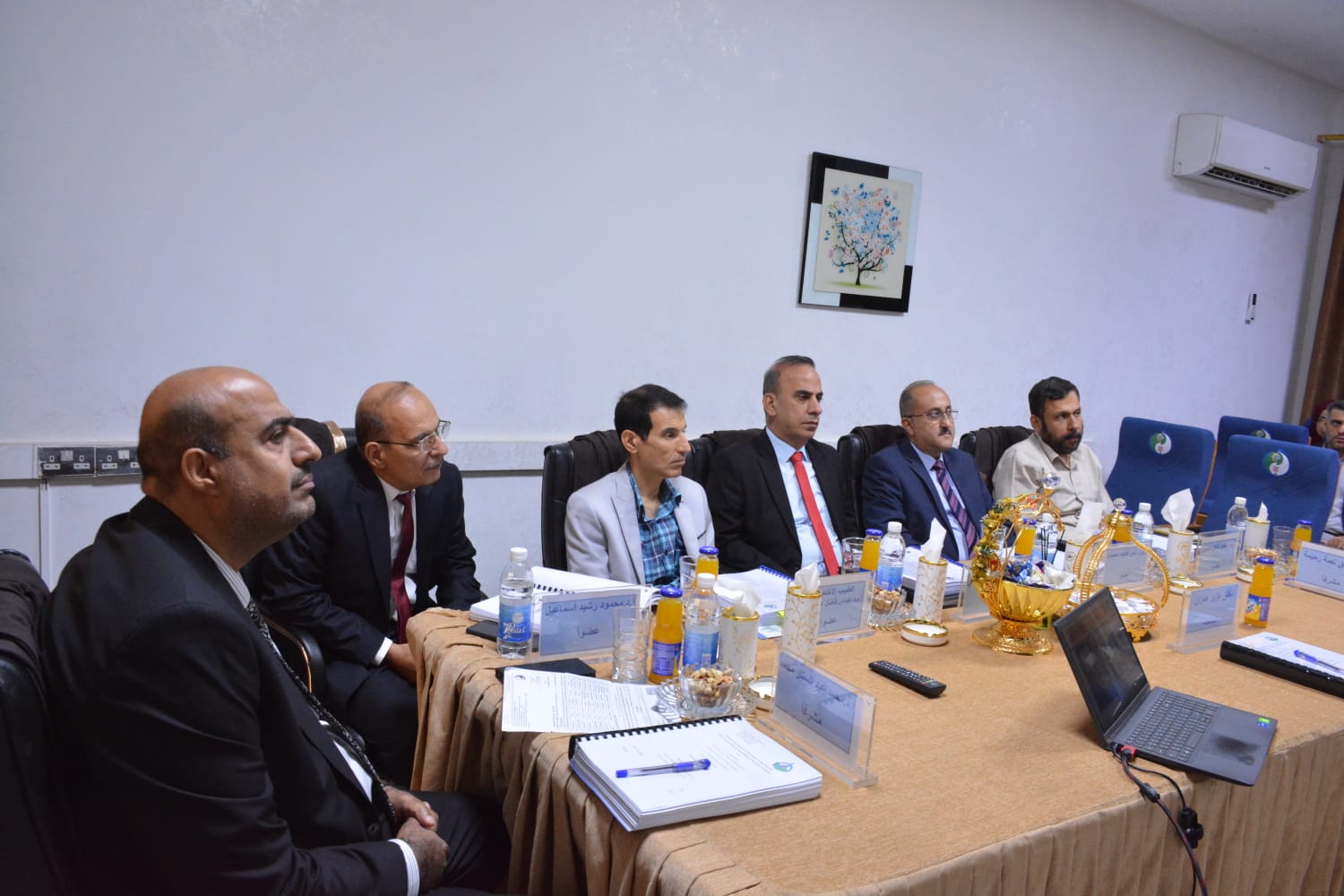Visitors: 25377189 Views
Done By: Department of Biomedical Engineering
Post Date: 2024-10-31
Last Browse: 2025-07-03

On Thursday, 31st October 2024, in the Department of Biomedical Engineering, PhD student Natiq Aziz Imran defended his dissertation titled: "Machine Learning-based Autonomous Training Board for Experimental Study and Rehabilitation of the Upper Prosthetics" The defense committee was chaired by Professor Dr. Sadiq Hussein Bakhi from the Department of Mechanical Engineering at the University of Technology, with committee members: The dissertation was supervised by Professor Dr. Mohammed Abdul Sattar Mohammed from Al-Nahrain University and Professor Dr. Mithaq Naama Rahim from the College of Engineering at the University of Karbala. The dissertation was reviewed by: The study aimed to design a model for controlling an open-source, 3D-printed robotic arm with six degrees of freedom (DoF) using surface electromyography (sEMG) signals from a Myo Gesture Control Armband. The model distinguishes between various hand gestures from healthy individuals. Six time-domain features were extracted from each segment, enhancing existing models by improving DoF motion control and time-domain features, which significantly reduces patient effort and facilitates arm use. The dissertation was accepted, having met the requirements for the PhD degree.